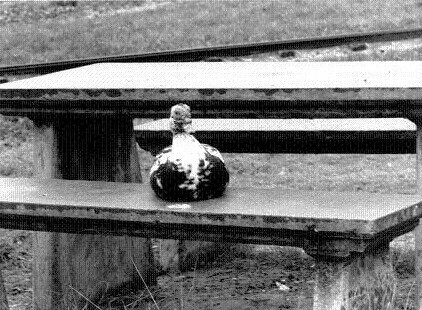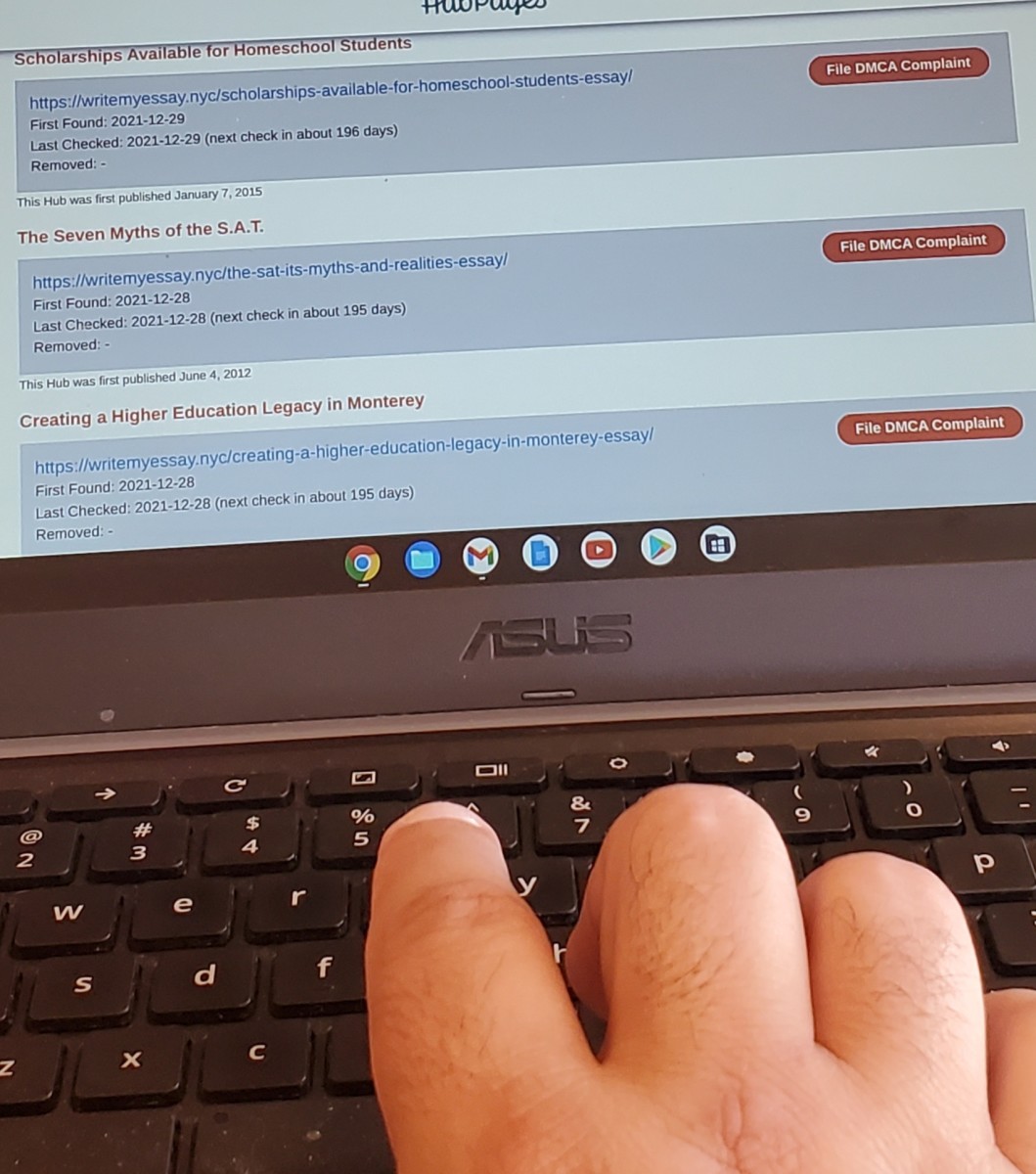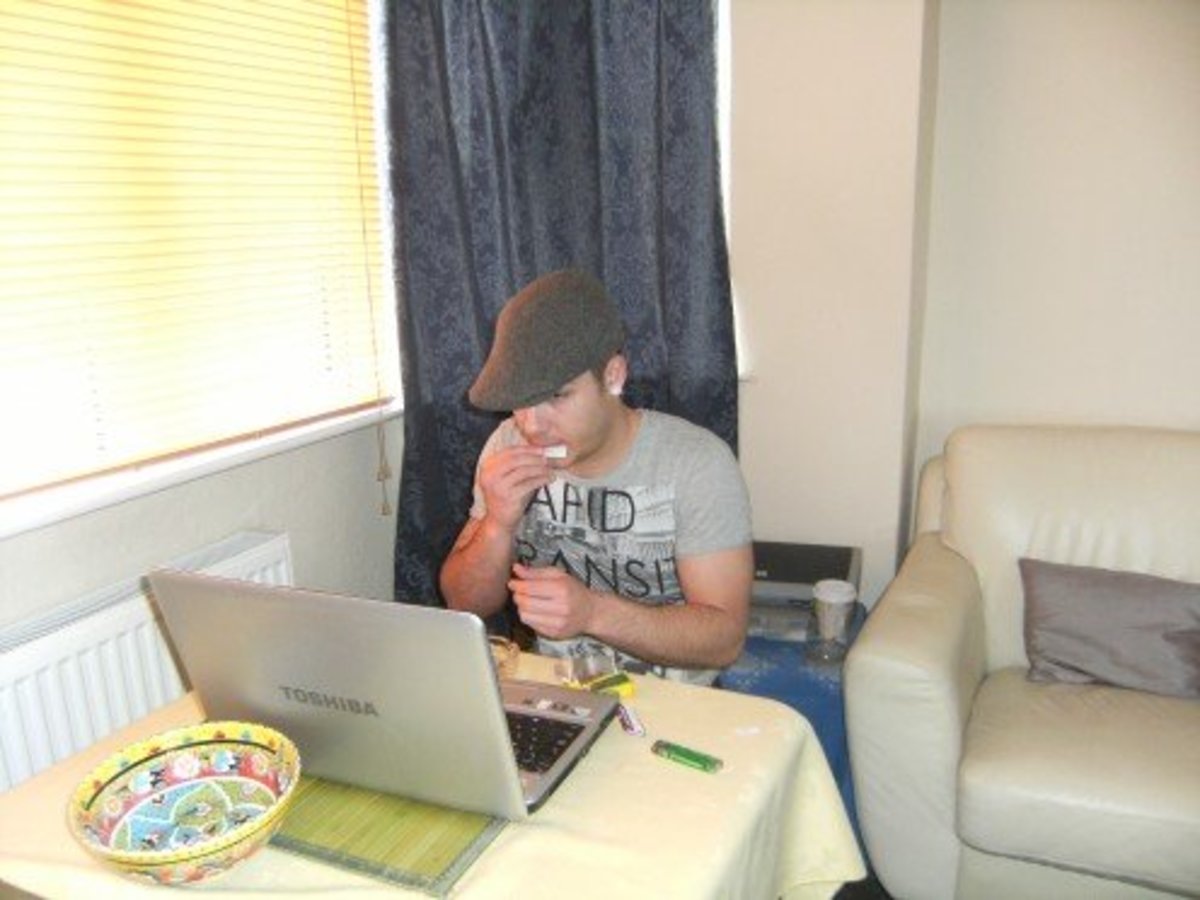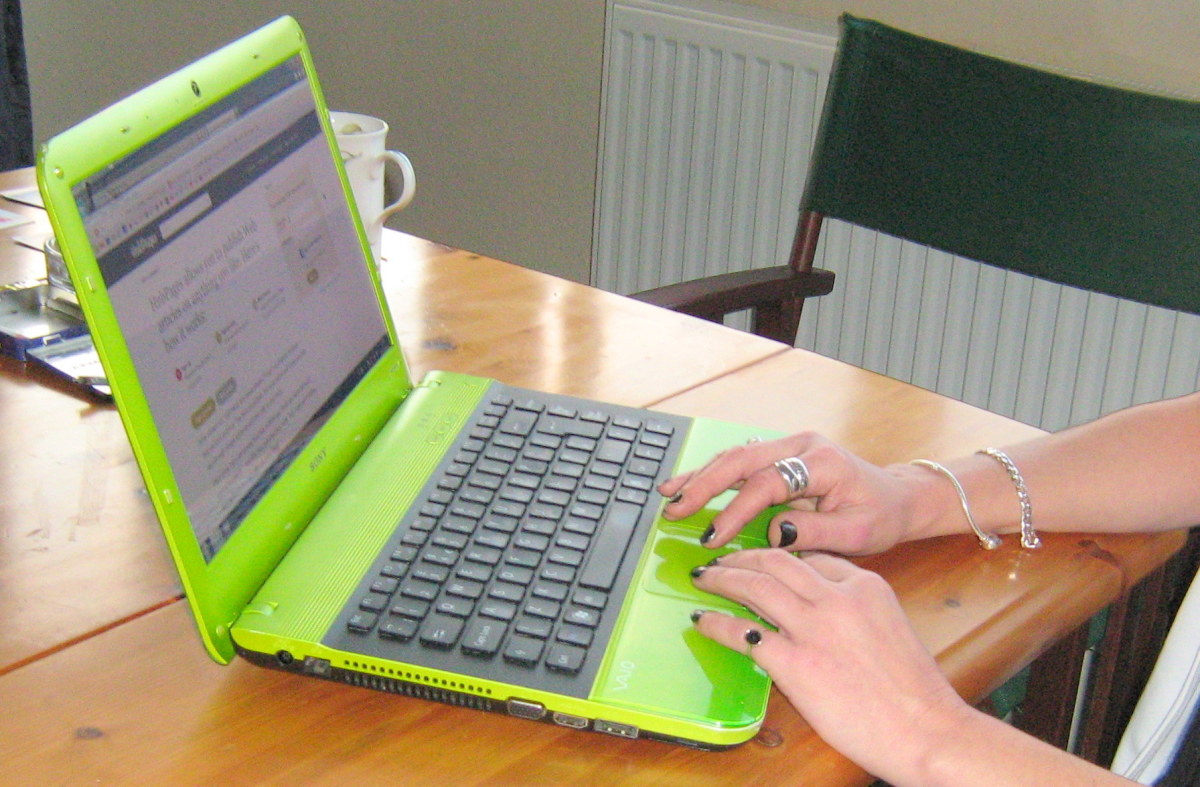Spin-offs: Creating Sequels to the Original Article


By Joan Whetzel
Writing on a totally original article takes a lot of work - researching, organizing the material, writing, creating or obtaining related images, and sometimes writing a sidebar or two. But what if some of that material (the research and the images) could be used to create spin-off articles? Why not? Businesses, TV producers, and movie moguls create spin offs all the time. Creating article spin-offs from one research session would be like getting a two-fer, or maybe even 3, or 4, or 5 articles for the price of one.
So, instead of using all of that research in one article, use most of it for the core article setting aside some of the information to create follow-up articles that are related to, or derived from, the original article. It's one way to obtain multiple sales off of one topic and, if done enough times, the writer could develop a writing niche and maybe even a reputation as an expert on the subject.
It's All in the Planning
You may have one market identified for the original article (online publisher, newspaper, magazine). But before getting started on that core article, consider including these steps in the planning process:
1. Determine whether the market for the original article will take more than one article on the same topic at the same time. Newspapers, for instance, have a writer create several related articles, especially when the topic is particularly hot (based on some current event).
2. Identify other markets that will accept similar material and that pay well enough to make it worth the effort. If you are looking to get your foot in the publishing door, or just trying to develop expertise or a niche, then consider a few freebie articles (publishing in markets that only provide clips but no pay). Clips and other proof of publication go a long way in establishing a writer's curriculum vitae.
3. Figure out ways to spin the information for other markets - adding a science component for science related websites and publications, adding a lot of high quality, original photos (yours) for travel and tourism related publishers, adding recipes for sites and print publishers that regularly include recipes, creating a related project or experiment for family magazines and sites or for those that teachers and students commonly draw on.
Investigating these things before doing the actual research for the main article, avoids having to retrace steps to create the spin-offs. Some publishers (both online and print) don't mind re-publishing articles, but some do have a problem with publishing the same article or one that sounds too much like the original. So, it is best to try and make the spin-offs sound as unique as possible, even though they are based on the same research. That way, the editors get an original piece of writing, the writer gets published (and usually paid), and everybody's happy.
Brainstorming Topics
Next it's time to brainstorm those topics for the main articles and their spin-offs. For the main article:
1. make a list of ideas, topics, and questions of interest to you, or to the print and online publishers.
2. Write the main idea in a bubble in the center of a piece of paper.
3. Draw three or more arms or lines outward from the central bubble and add in subtopics that relate to, or are suggestive of the main idea.
4. Draw three or more lines out from the subtopics, with similar ideas that will help expand, or amplify, those subtopics.
5. Do a brainstorming diagram or table that identifies websites - and their URLs - containing related material. These could be used in the research process or be included in the article and its spinoffs as a place to refer readers for additional information.
6. Mine through articles you may have published previously, and even those that went unpublished. Go over the research materials used for those articles to make sure they are still valid. Get rid of the unusable research, find new research materials, and update the article before trying to resell it.
7. Go through research used for other articles, and generate new stories and spin-offs based on that research.
Breaking Large Topics into Several Smaller Articles
When doing research for an original, main article, sometimes writers find that the research is way too much, or that the article is going to be far too long for the publisher's needs. This is the perfect opportunity to break that topic down into one main topic and multiple spin-offs. For example, the original article for the local newspaper might be about the Annual Rice Festival. But while researching and attending the event, you might find some interesting tidbits about one or two of the vendors, or maybe something about the carnival rides company that was hired for the festival. Voila! Instant spin-off ideas. Whatever the main topic is, let it suggest the spin-off topics.
Find out more about the vendors or the carnival rides through a little further research. Take lots of photos at the Festival. Interview the vendor or the ride operators. Interview the patrons of the event and find out what they think. These could either be sold to the local newspaper as companion pieces or to other print and online publishers as separate, but related, pieces. These ideas might lead to investigations about favorite fair and festival foods across the state or the nation, festival food trends, carnival ride trends, what other carnival ride companies are in your area or state, safety records for different carnival ride companies….
Perhaps your original article was an anecdote about the duck that invited himself to your picnic lunch. Spin-offs might be about how the ducks first arrived at that park, why they stay at the park, whether the city Parks and Recreation Department has tried to remove them - or even wants to remove them - ways to avoid being hassled by the ducks, ways to enjoy the company of the ducks.
One Topic with Multiple Twists
One way to make an original topic different is to give it a twist. Say you wrote a recipe article and want to make it different so that it can be sold elsewhere as a different article. Try making substitutions so that it can be sold as a sugar free recipe or a nut free recipe. Better yet, go into the science behind the different sugar substitutes and how to use them for that recipe. Or go into the science behind nut allergies and how to look for substitutions.
In general, giving a twist to an original topic is a great way of creating a spin-off article or two. Consider the following topic twists.
· the science behind it
· how math figures into the topic
· changing the color of something
· finding alternative medicine, homeopathic treatments, or natural remedies for any disease or condition.
· finding and describing the 3, 5 or 10 best
· finding and describing the 3, 5,or 10 worst
· create or update a recipe that goes along with the topic
· create or update a scientific experiment that helps explain the topic
· create a video that helps explain the topic
· create a project, and provide instructions so the readers can do it themselves
· make a metaphor by comparing the topic to something to something - anything - that seems to be totally unrelated.
· make a list of the 3, 5, 10 secret tricks for successfully doing something along the lines of the main topic
· write a list article about the reasons the main topic is what it is, or isn't why it isn't
· write about how it works
· list the top 10 mistakes people might make in regards to the main topic
· list the 10 commandments for a topic area (e.g. treatment for disease, performing an occupation, for anything when the article topic deals with children)
There is no end for the number or variety of twists that can be applied to a topic. When twisting the topic for a spin-off, writers are only limited by their imagination.
Resources.
A Way with Words Writing. Selling Spin Off Articles.
http://awaywithwordswriting.wordpress.com/category/craft/selling-spin-off-articles/
California State University Northridge. Roger von Oech. 10 Mental Blocks, Power Point Presentation.
www.csun.edu/~hfmgt001/458-Oech.ppt
The Facilitative Leader. Combining Ideas.
http://contagiouscreativity.wordpress.com/2007/08/21/combining-ideas/





